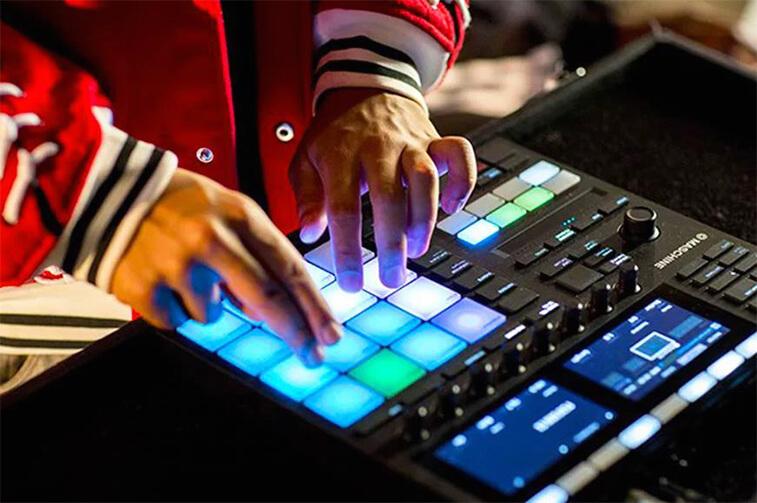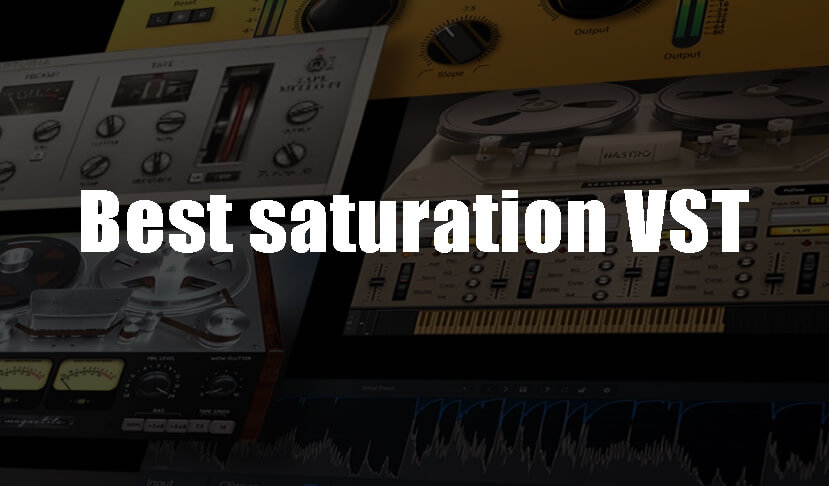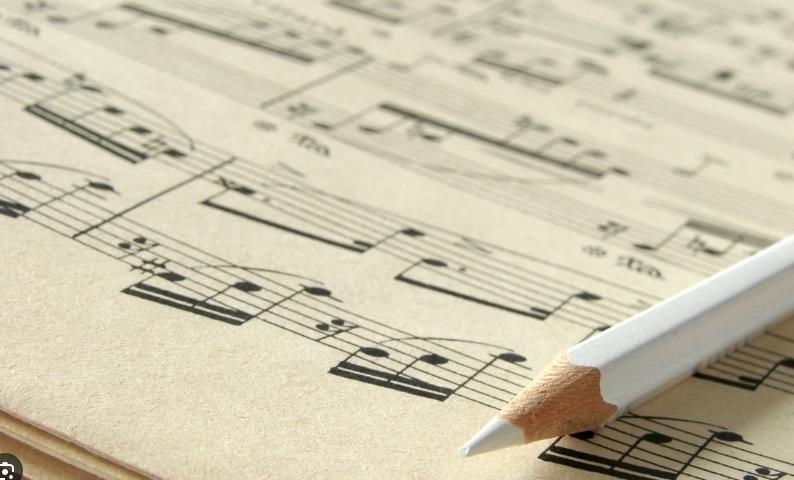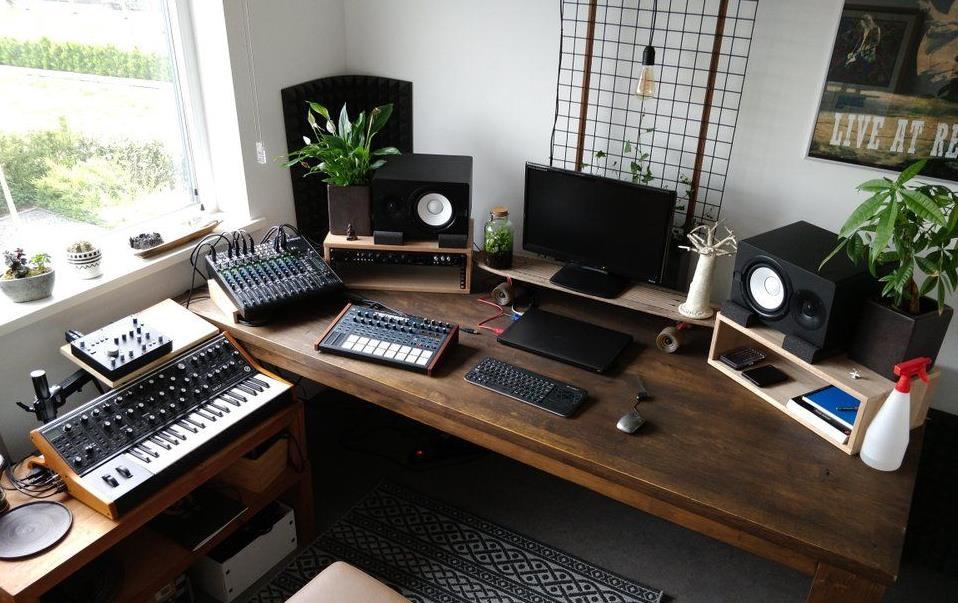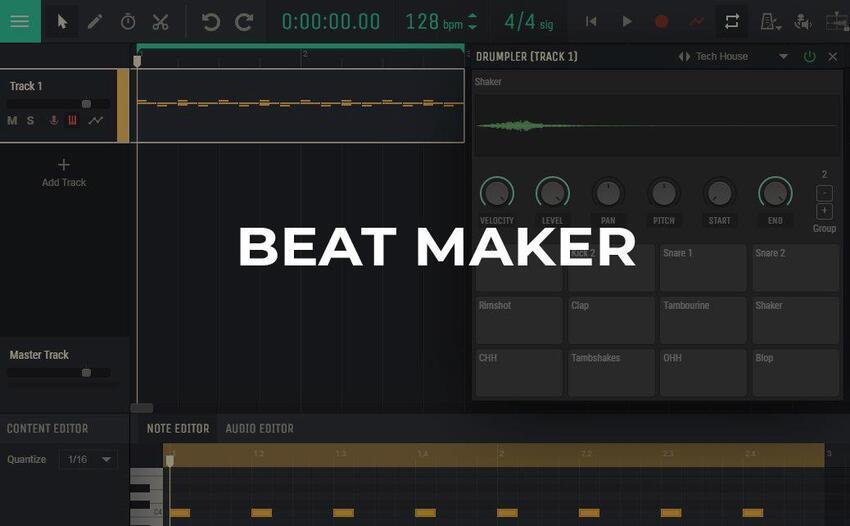What do i need to know if i want to rap?
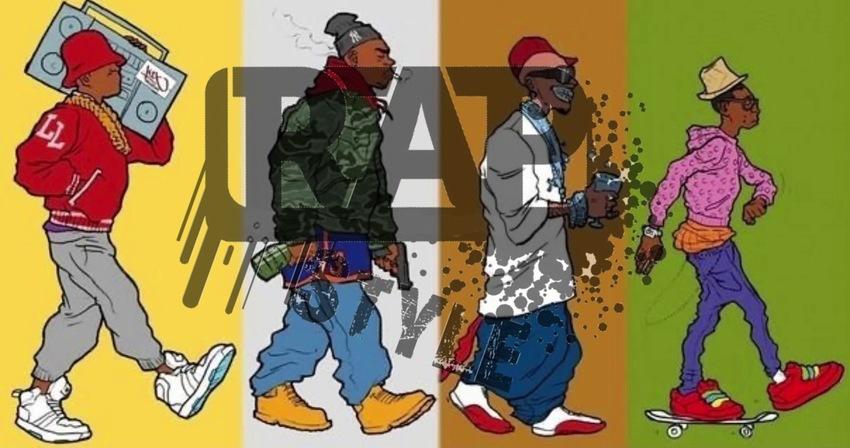
If you want to rap, there are a few things you should consider:
Lyrics: To be a successful rapper, you need to be able to write catchy, meaningful, and relatable lyrics. This may take some time to develop, so practice writing and experimenting with different styles.
Flow: A good rapper should have a unique flow, or rhythm and rhyme pattern, when they rap. This can take some time to develop, so practice rapping along with beats to find your own flow.
Delivery: This includes the way you rap, including your voice tone, pitch, and inflection. To develop your delivery, practice rapping in front of a mirror or recording yourself.
Performance: You should also practice performing your raps, as this will help you become more comfortable on stage and engaging with an audience.
Music Knowledge: Understanding Music theory and terminology, from beats to production aspect will be a big plus and will help you communicate and make music with other people effectively.
Stay up to date with the music industry and learn from others, especially the greats.
There’s no single path to success as a rapper, so be prepared to work hard, practice often, and be open to feedback. With dedication and perseverance, you can develop your own unique style and voice as a rapper.
What styles of rap exist and how do they differ?
There are many different styles of rap, but some of the most prominent include:
Old-school rap: This style, which originated in the 1970s and 1980s, is characterized by simple drum beats, syncopated rhythms, and rhyming lyrics that tell stories or describe social or political issues.
Gangsta rap: This style, which originated in the mid-1980s, is characterized by lyrics that describe the violence, crime, and poverty of inner-city life. This style also influenced on mainstream pop and R&B.
East Coast rap: This style, which originated in the northeastern United States, is characterized by a gritty, street-oriented sound and often deals with themes of urban life.
West Coast rap: This style, which originated in the West Coast of the United States, is characterized by a laid-back, groovy sound, and often deals with themes of partying and having a good time.
Southern rap: This style, which originated in the southern United States, is characterized by a heavy bass sound, and often deals with themes of wealth, criminal activity and drug dealing.
Trap Rap: Originated in the late 90s and early 2000s, characterized by a dark, heavy beats, simple melodies, repetitive lyrics, and references to drug culture, poverty, and crime.
Conscious rap: This style is characterized by positive, socially-conscious lyrics that deal with important social, political or personal issues.
These are just a few examples of the many different styles of rap that exist. Rap is a constantly evolving genre, and new styles and sub-genres are constantly emerging.
How to make a rap beat?
There are several ways to make a rap beat, but one common method is to use a digital audio workstation (DAW) to create and arrange the different elements of the beat. Here’s a general overview of the process:
- Start by selecting a tempo for your beat. This is the number of beats per minute (BPM) and will determine the overall speed of the song.
- Next, choose the drums. You can use a drum machine or a drum sample pack to create the beat. You can also use a live drum set and record it, or you can use a MIDI controller to program the drums.
- Add in a bassline. This will provide the foundation for the beat and give it a sense of groove. You can use a bass sample, record a live bass, or use a MIDI controller to program the bassline.
- Now add in any other elements you want to include, such as melody or chords. These can be created using a synthesizer, sampler, or live instruments.
- Once all the elements are in place, use the DAW to arrange the beat and create a structure for the song. This may involve adding verses, choruses, and breaks.
- Mix the beat, adjusting the levels and adding effects like reverb, delay, and compression to create a polished sound.
- Finally, export the beat as an audio file and use it as the foundation for your rap song.
Note that this is an overview and the steps, options and details can be vary depending on the software you use, you can start learning the specific software you choose, and the online tutorials and videos available.


